In response to the violence and gore in PG rated films such as Indiana Jones and the Temple of Doom and Gremlins, the Motion Picture Association of America introduced in July 1984 an intermediate rating for movies that did not warrant the stronger R-rating:
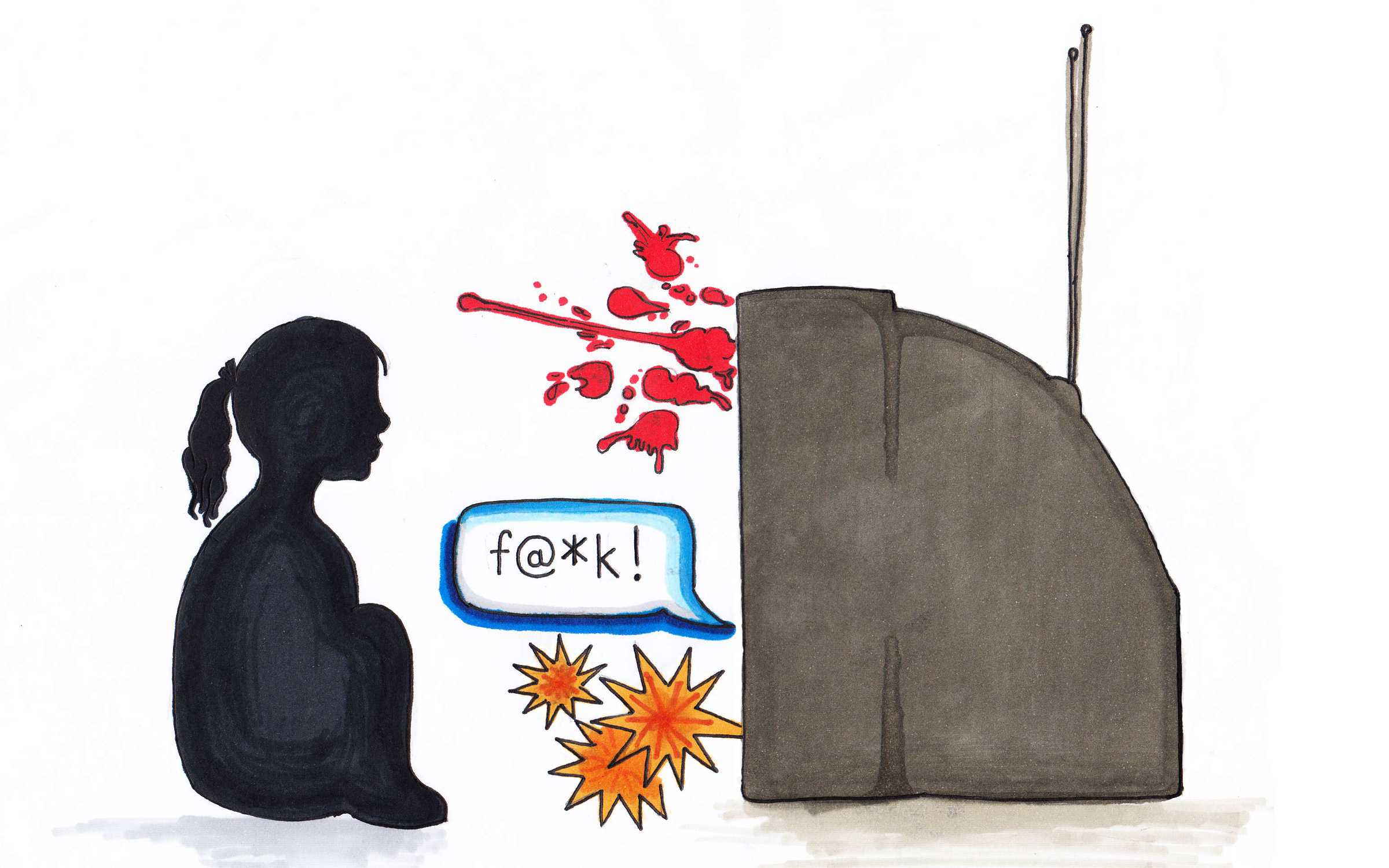
In response to the violence and gore in PG rated films such as Indiana Jones and the Temple of Doom and Gremlins, the Motion Picture Association of America introduced in July 1984 an intermediate rating for movies that did not warrant the stronger R-rating: PG-13. But with many films wishing to have a broader audience, it appears that violence has been ironically funneled into this category. Yet with its similarity to the PG-rating, we often think nothing of it, especially when it comes to taking our children.
While excessively obscene violence is still reserved to the higher ratings, a study by AAP Publications in 2013 shows that “violence in PG-13-rated films has more than tripled since 1985.”
This can be attributed to the grand market for action movies becoming increasingly expansive with a greater viewing range. Consider popular films such as Marvel Studios’ Cinematic Universe’s stylized action and copious gunplay, The Hobbit Trilogy’s orc decapitations, and the stormtrooper fatality count in Star Wars: The Force Awakens.
We don’t often think of this because the remaining content in these movies are suitable for a younger audience, but it doesn’t make the violence superfluous.
A primary factor of overlooking the PG-13 rating is many consider it synonymous with a PG rating. But according to the MPAA, the latter rated film may contain material not suitable for children while the former may contain material inappropriate for children under the age of 13. It is easy to identify why many obscure the line between the two gradings, especially with the title illustrating a PG-13 film to just be a subsidiary rating, however it is clear that those under 13 are admonished. Furthermore, the expanded title replaces “parental guidance suggested” with “parents strongly cautioned,” explicitly detailing a firmer connotation.
But have we not always been exposed to “harmless” violence? Cartoons such as Tom and Jerry and The Looney Toons have glorified violence despite the age demographic it focused on.
However, something existing in the past can’t justify what is done in the present, otherwise our amount of progress would be appalling, as it is with this subject.
Another reason is the nostalgia that parents can associate with a film. Parents will watch a film such as Jurassic World so that they may experience the feeling of the original with their family, overlooking how the antagonistic dinosaurs cause mass carnage.
But, if violence flourishes in a PG-13 rating, then what is being classified to the restricted grade? As mentioned earlier, violence is permitted in a PG-13 movie while other content is minimal or absent, making it speciously appropriate. Instead, sex and language is attributed to an R-rated film.
Many films, such as the documentary Bully, received an R-rating for its profanity, whereas its proceeding grade can only have a limited amount of obscenities while still showcasing multitudinous deaths. Furthermore, the commercial failure of an NC-17 film (none under 17 permitted) moves sexual content into the restricted category, while also being majorly prohibited from PG-13.
With this, we associate the content of a restricted film as inappropriate for children, not that of a PG-13 picture. Rather, parents should thoroughly evaluate the descriptions given with the advisory with knowledge that the film is designed for at least adolescent audiences or recognize the violence that their children may be exposed to. The MPAA could also modify the rating system to be more linear, abolishing the confusion brought with the similarities between grades in favor for a general classification of films.
Instead of PG-13, films like Gremlins could have been moved to a mature category, where it becomes the parents’ choice to take their children to a film with a now distinguishable warning. G and PG rated films could be branded as suitable for all ages, yet films that are pervasively inappropriate and deemed beyond mature can be placed in a restricted classification.
Whatever the case may be, parents are brought into a false security for their children with the misleading label of a “PG-13 film” and they must realize the truth of its violence.



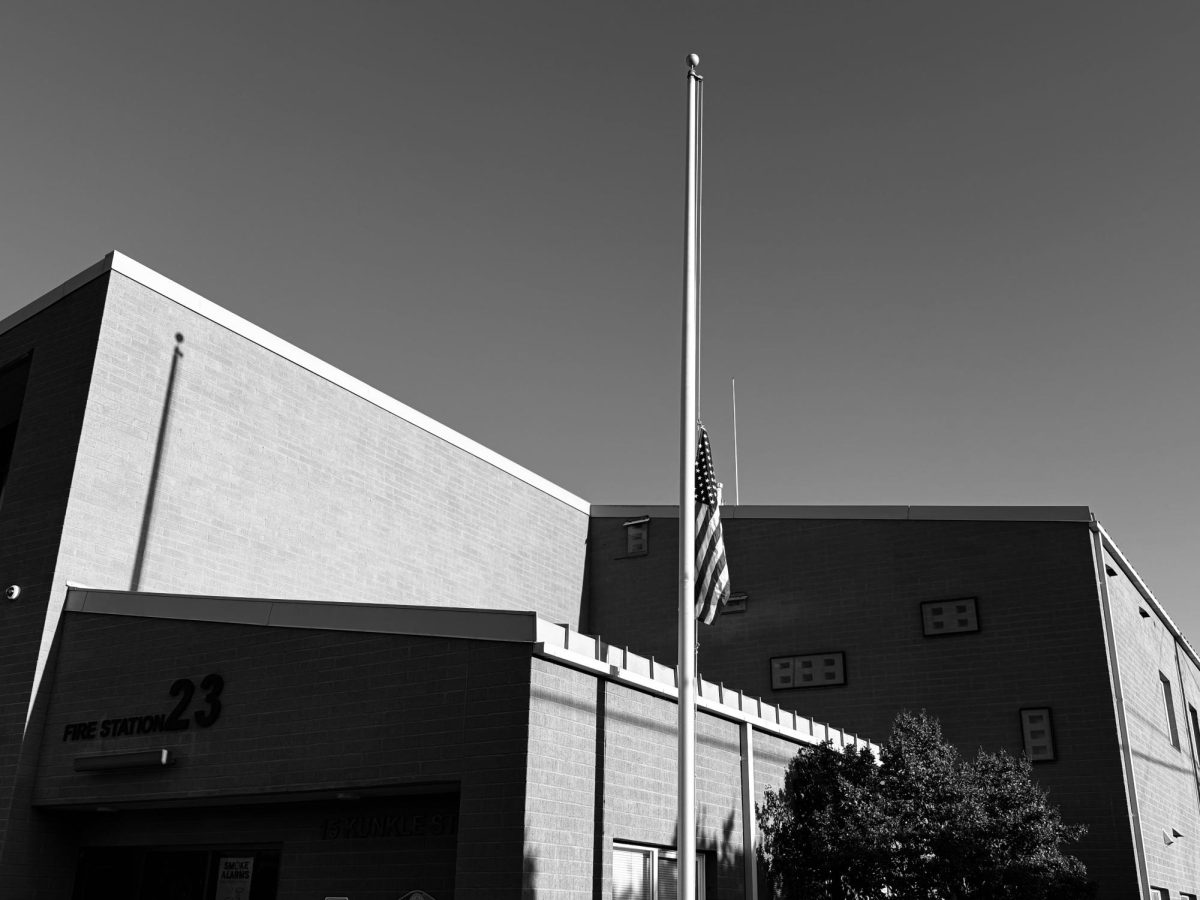
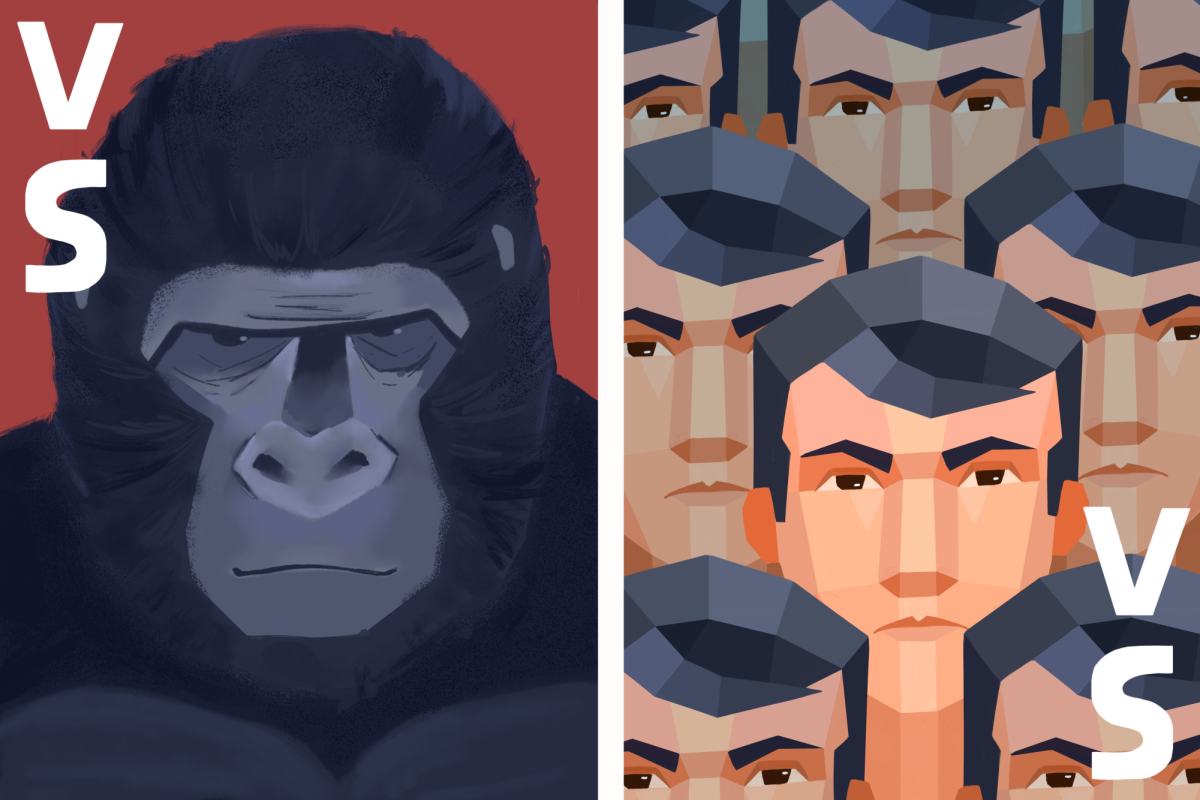

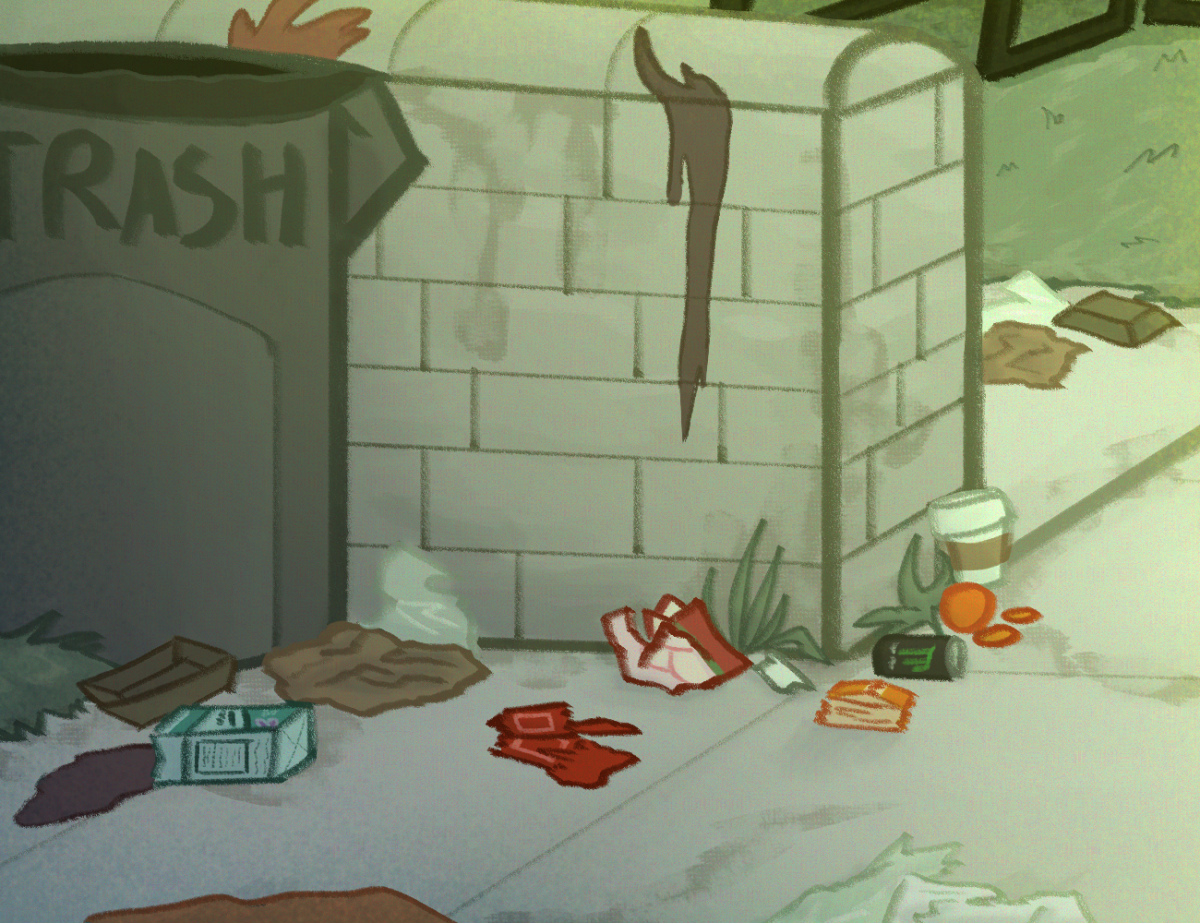
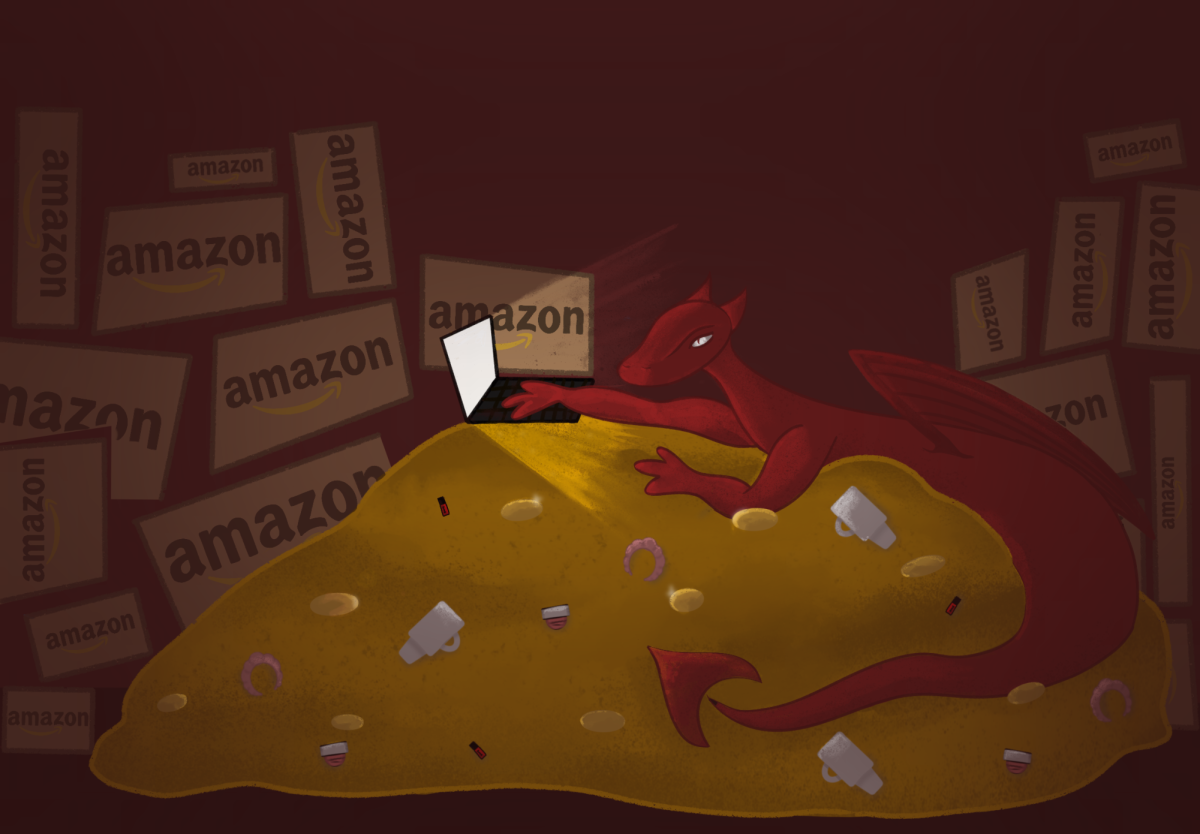
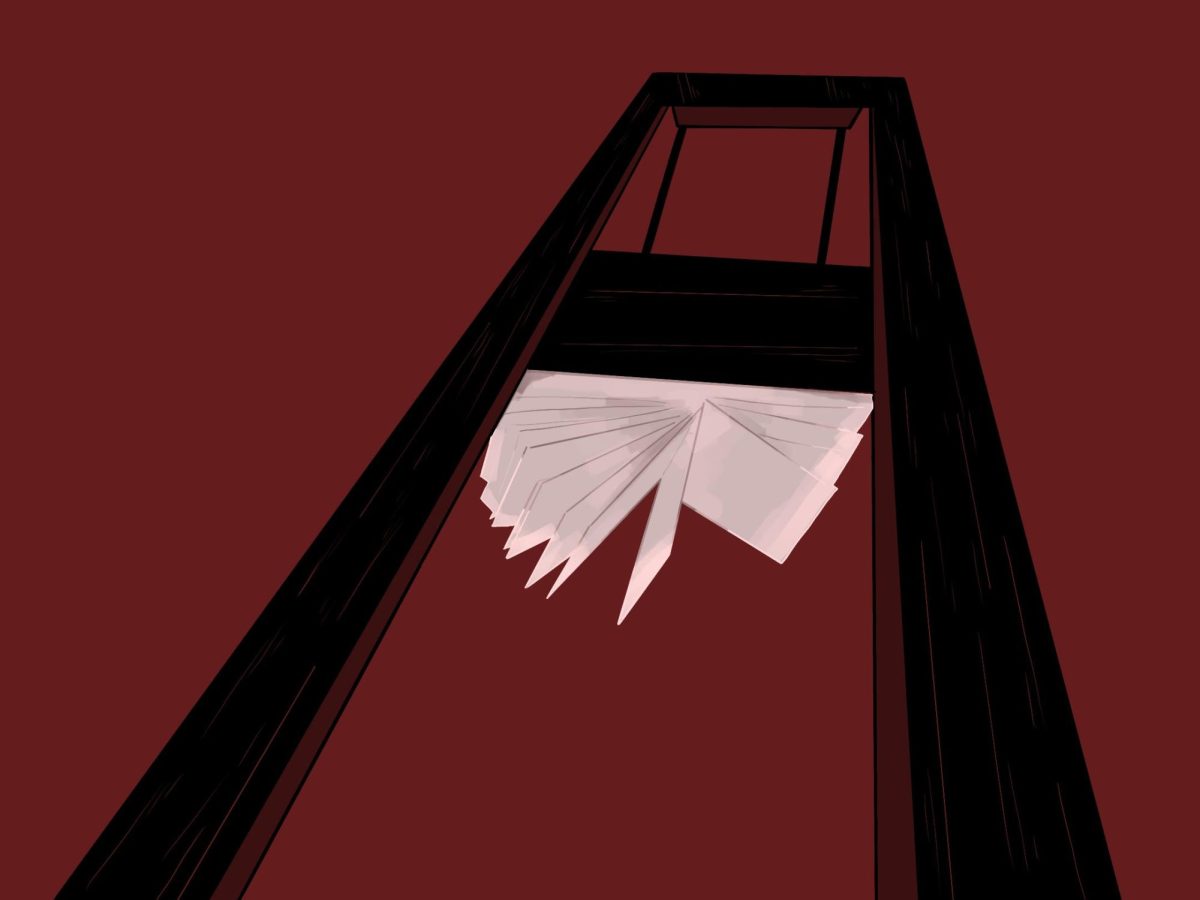

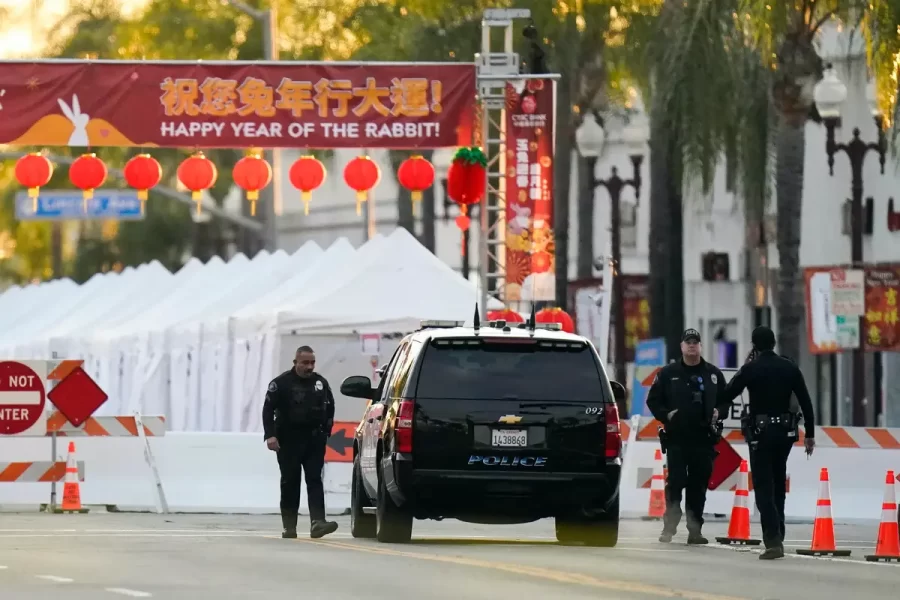
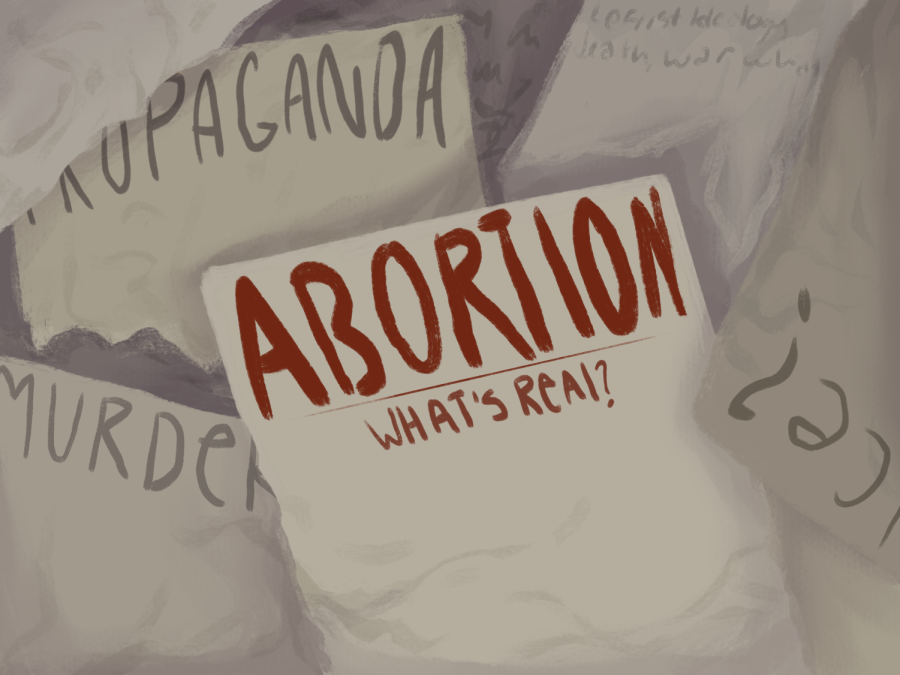


Cherie Eulau • Feb 22, 2016 at 7:27 pm
Great point, Wiliam. I would not let my kids see Minority Report when it came out even though my oldest son was 13. On his 12th birthday he annnced that for his 13th birthday he would watch all the films I would not let him see as a 12 year old.
Shelli Hirtensteiner • Feb 19, 2016 at 7:31 am
Great article. I agree!